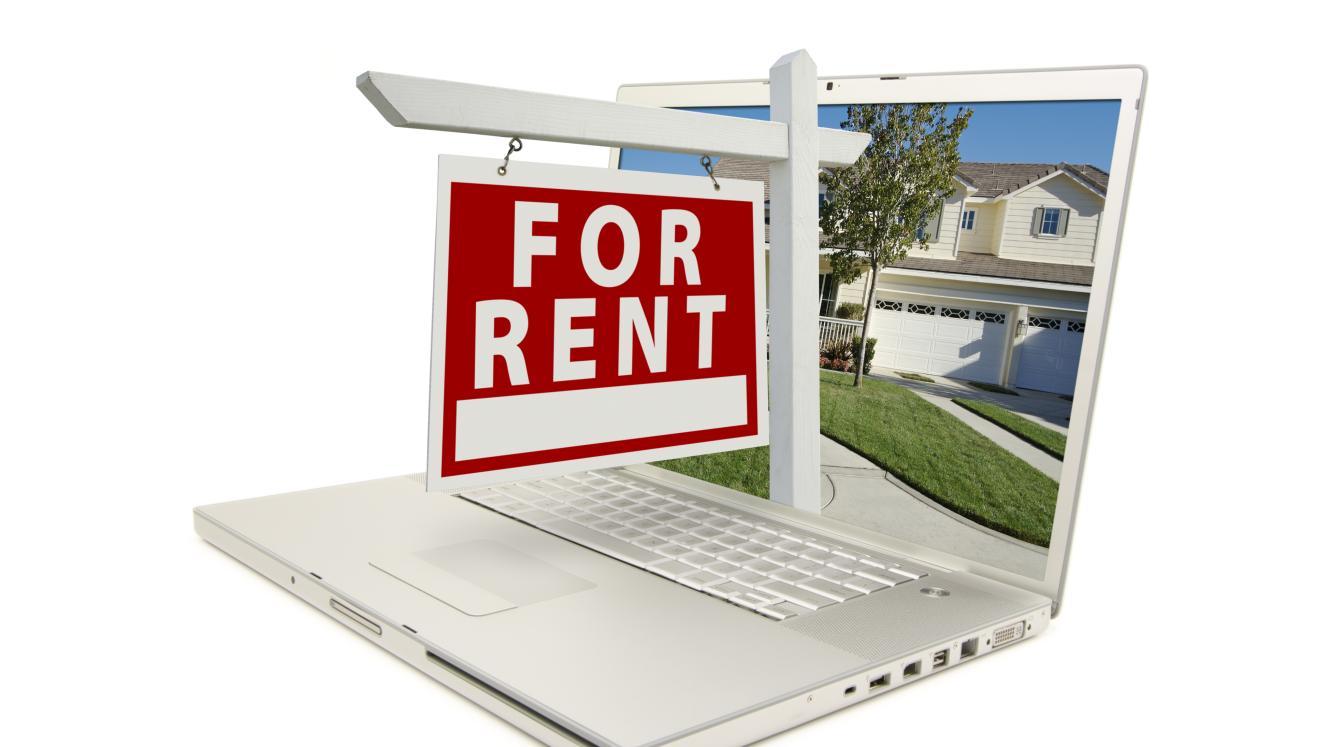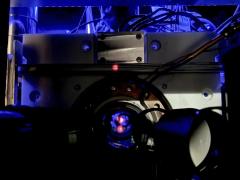Buying laptops and desktops outright ties up cash in depreciating assets. Device-as-a-Service (DaaS), also known as full-maintenance rentals, replaces large upfront purchases with a single monthly operating cost that includes the hardware, support, insurance, and end-of-life management.
“If an asset appreciates, buy it. If it depreciates, rent it,” says Ron Keschner, Director at Go Rentals. “Computers depreciate faster than almost anything else in business, so it makes no sense to use your hard-earned capital on them.”

Better cash flow and flexibility
DaaS turns unpredictable IT purchases into a stable monthly cost. Instead of spending millions every few years on upgrades, companies pay per user per month. The result is smoother budgeting, easier forecasting, and more working capital for projects that actually deliver a return.
“If you buy R2 million worth of hardware, you’ve frozen that cash in equipment that’s worth 10% of its value three years later,” Keschner says. “With DaaS, you free that cash immediately and only pay for what you use.”
This model also lets companies scale quickly. If a department grows or shrinks, they can add or return devices without penalty. When new technology becomes available, upgrades are simple and there’s no massive new capex request required.
Lower total cost of ownership
Ownership always brings hidden costs, like imaging, software loading, asset tagging, tracking, maintenance, spares, insurance, and disposal. A DaaS agreement bundles those into one predictable fee.
Each device arrives fully configured with corporate software and images. When it breaks, a replacement arrives the same day or by the next business day. There’s no need to chase warranties or manage insurance claims.
“All the heavy lifting – logistics, support, repairs, even compliance and asset disposal – is handled by the provider,” Keschner says. “That means less admin, lower overheads, and a lower total cost of ownership.”
Independent research backs this up. A Forrester Total Economic Impact study of Dell PC-as-a-Service found a 20% drop in device-lifecycle costs and a 5% reduction in hardware costs, saving an average US $733 000 over three years. HP’s own analysis shows up to US $200 per device saved in deployment and management through DaaS models.
Fewer risks, less downtime
Businesses often underestimate the cost of downtime. A “next-business-day warranty” usually means a technician will assess the issue the following day, not that the employee will be up and running again. With DaaS, spare and hot-swap devices are included, keeping users productive while repairs are handled.
Hardware disasters are also covered. Theft, fire or unrest can take out an entire office overnight. DaaS providers replace those devices fast. “You can’t put a price on reliability or peace of mind,” says Keschner.
A leaner IT operation
Managing hardware takes time. Receiving stock, loading software, tracking assets, repairing devices, and handling insurance and disposal all add up. Each task costs money and distracts IT teams from strategic work. DaaS does away with that.
“You effectively get an outsourced hardware department,” Keschner says. “Your DaaS provider handles imaging, swaps, and claims, so your team can focus on security and digital transformation. Fully managed desktop services can also include remote monitoring, anti-virus and anti-malware, email security, and Microsoft 365 backup and archiving for additional protection.”
Because DaaS is an operating expense, monthly payments are fully tax-deductible. “It’s much better for cash flow,” Keschner notes. “You’re not sitting with depreciating assets on your balance sheet, and your costs align directly with usage.”
Many DaaS suppliers buy back existing equipment, creating a cash injection while consolidating the fleet into a single, supportable set of devices. That clears out legacy hardware and simplifies compliance audits.
“Treat your devices like the cloud,” says Keschner. “Pay monthly, scale as you need, and keep your focus and money on the work that drives results.”














